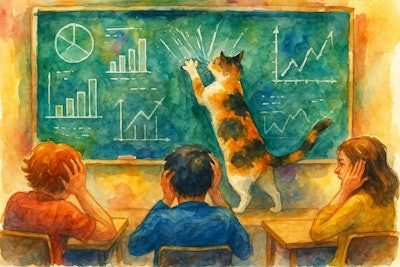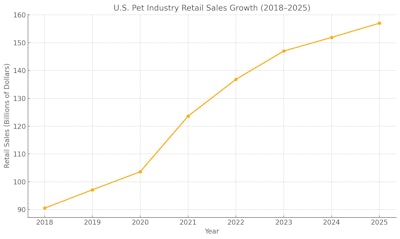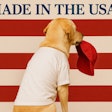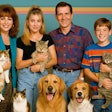
The U.S. pet industry has seen sustained retail sales growth from 2018 through a projected US$157 billion in 2025, according to American Pet Product Association figures. The pet food industry has maintained this overall upward course through both pandemic-driven surges and a post-pandemic stabilization in pet owner’s consumer behavior.

As illustrated in the line graph of retail sales from 2018 to 2025, the U.S. pet care industry experienced consistent year-over-year gains, with a particularly sharp rise during the COVID-19 pandemic. Sales jumped from US$103.6 billion in 2020 to US$123.6 billion in 2021, a record-setting one-year increase of US$20 billion. This 19.3% growth was the highest recorded in the eight-year span and is dramatically visible in the year-over-year (YoY) change and growth rate charts.

After the 2021 peak, as the pandemic became endemic, the market continued to grow, albeit at a slower pace. Sales reached US$136.8 billion in 2022 and US$147 billion in 2023, with annual growth rates of 10.7% and 7.5%, respectively. The projected increase to US$157 billion in 2025 reflects an anticipated compound annual growth rate (CAGR) of 8.2% from 2018 to 2025.
This tapering trend marks a return to pre-pandemic growth levels, with YoY changes stabilizing between US$5 and US$10 billion annually. Factors influencing this normalization include inflationary pressures, shifts in consumer discretionary spending, and market saturation following a spike in pet ownership.
Changes to US pet food market
For pet food manufacturers, these trends reflect a mature but still expanding market. The pandemic’s pet population increase created an elevated baseline for spending, and consumers continue to demand premium, functional and health-focused products. However, the pandemic boom in ownership may have been tempered by increased shelter intakes as pet owners returned to offices and inflation made pet ownership more expensive. Inflation and persistently high consumer prices may be hindering the growth of pet ownership in the United States. In 2024, LendingTree, an online marketplace that connects borrowers with lenders, conducted a survey of nearly 2,000 U.S. consumers. Respondents stated that inflation was impacting pet ownership, with 85% of pet owners reporting that rising costs are making it harder to care for their pets.
Inflation also made growth seem more dramatic as prices increased, boosting sales value, without a corresponding increase in sales volume. Although macroeconomic forces may have returned to pre-pandemic patterns, certain aspects of the U.S. pet food market may have undergone lasting changes. For one thing, the pet driving industry growth may have changed. Cats are now a growth driver. Dogs had been the base of the market since the beginning of commercial pet food production. Dogs remain most populous pet in the U.S. with approximately 51% of households including a dog, or approximately 68 million pet pooches. Forty-nine million cats live in the U.S., making up 37% of households. However, the number of cats has been rising and pet food sales reflect this. In 2024, dog food sales volume fell 2%, while cat food sales increased 2%.
Another significant shift in the pet food market landscape is the increasing role of e-commerce. Online sales nearly doubling in six years. Brick-and-mortar remains important, especially for pet food, while pet supplies and treatments have shifted significantly online. In 2024, pet food sales of in brick and mortar retailers declines by US$0.3 billion, while e-commerce sales increased US$1.4 billion.
Despite changes, the U.S. pet food market seems likely to remain the largest on the planet for many years to come.

















